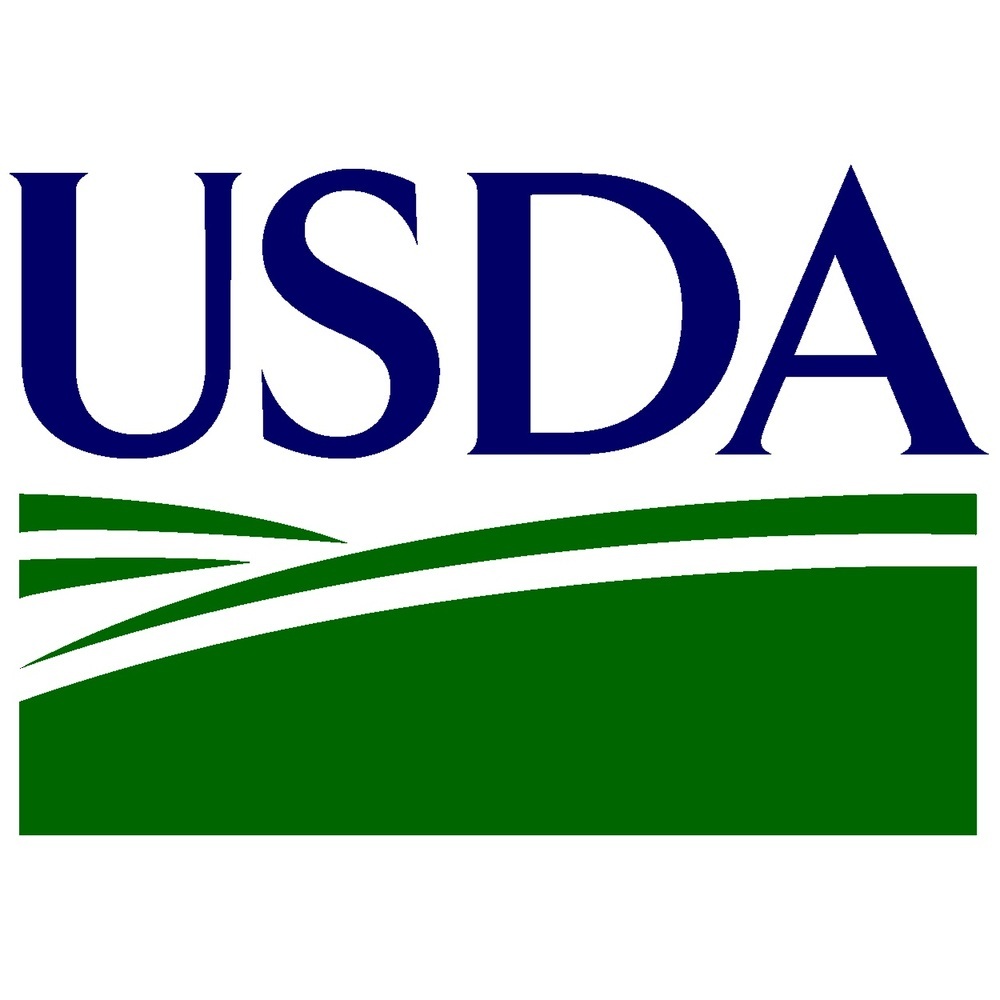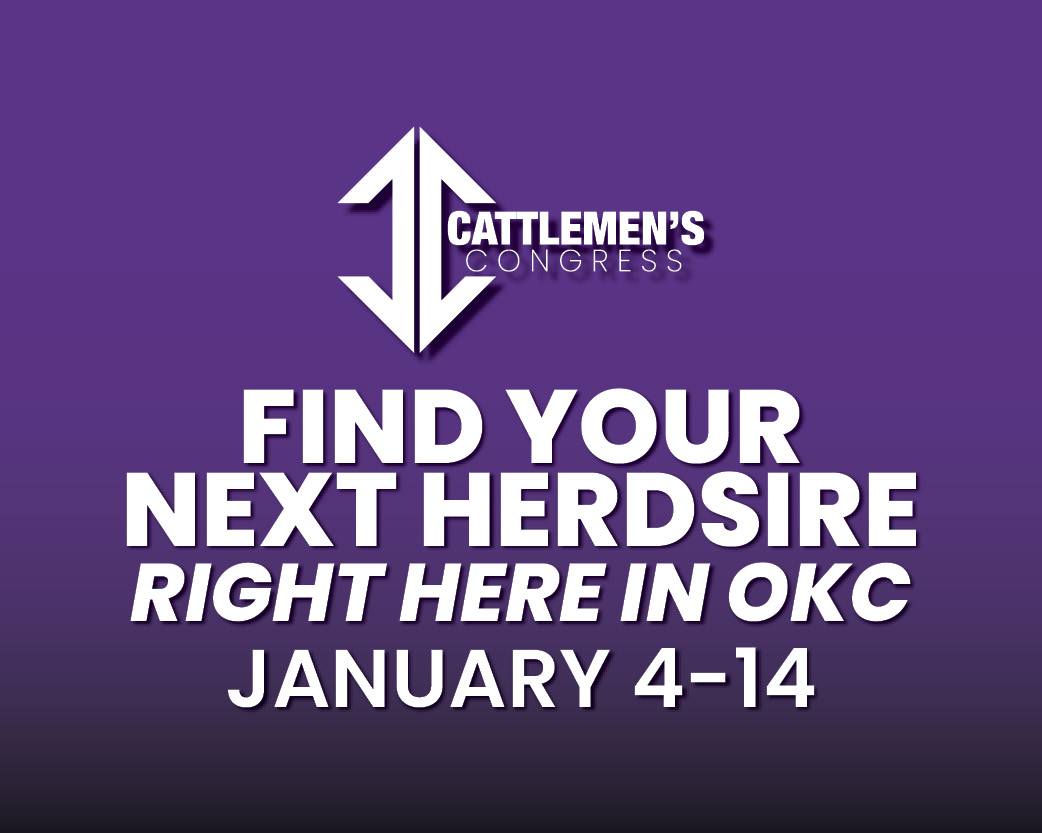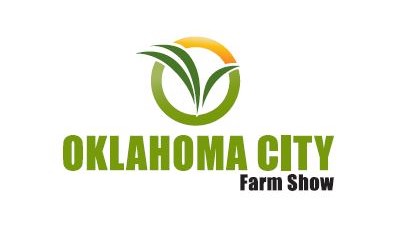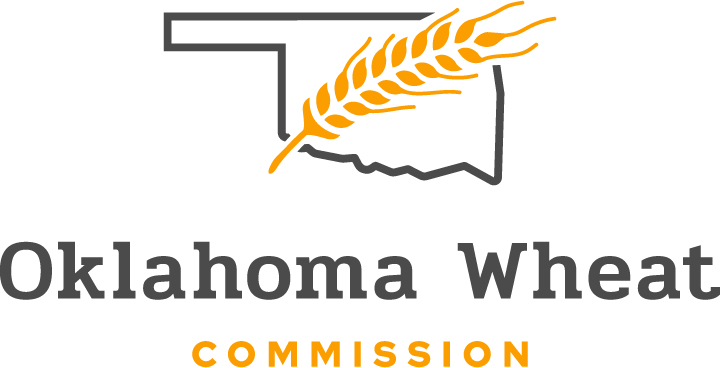
Agricultural News
USDA Announces Livestock Producers in 64 Oklahoma Counties Are Eligible for Drought Recovery Assistance
Thu, 18 Aug 2022 14:22:27 CDT
 The U.S. Department of Agriculture’s Farm Service Agency (FSA) is now accepting applications for the Livestock Forage Disaster Program (LFP) to provide financial assistance to eligible livestock producers for 2022 grazing losses due to a qualifying drought or wildfire. The deadline to apply for 2022 LFP assistance is Jan. 30, 2023.
The U.S. Department of Agriculture’s Farm Service Agency (FSA) is now accepting applications for the Livestock Forage Disaster Program (LFP) to provide financial assistance to eligible livestock producers for 2022 grazing losses due to a qualifying drought or wildfire. The deadline to apply for 2022 LFP assistance is Jan. 30, 2023.
To date, 64 Oklahoma counties have met the drought severity levels that trigger LFP eligibility for the 2022 program year. For LFP, qualifying drought triggers are determined using the?U.S. Drought Monitor. Visit the FSA?LFP webpage?for a list of eligible counties and grazing crops.
“Persistent and severe drought conditions across the state have significantly impacted our livestock producers,” said Steve Kouplen, State Executive Director for the FSA in Oklahoma. “Eligible producers are encouraged to contact their local FSA office to schedule an appointment to apply for drought recovery assistance.”
LFP provides payments to eligible livestock producers and contract growers who also produce forage crops for grazing and suffered losses due to a qualifying drought or fire during the normal grazing period for the county.? Eligible livestock include alpacas, beef cattle, buffalo/bison, beefalo, dairy cattle, deer, elk, emus, equine, goats, llamas, reindeer or sheep that have been or would have been grazing the eligible grazing land or pastureland during the normal grazing period.
To expedite the application process, producers are encouraged to gather and submit records documenting 2022 losses. Supporting documents include information related to grazing leases, contract grower agreements, and more.
Additional Drought Assistance
LFP is part of a broader suite of disaster assistance available through USDA.
The Emergency Assistance for Livestock, Honeybees, and Farm-Raised Fish Program (ELAP), which also has a Jan. 30, 2023, deadline, provides eligible producers with compensation for certain feed losses not covered by LFP. ELAP also covers above normal costs associated with hauling water to livestock and transporting feed to livestock or transporting livestock to forage or other grazing acres.
FSA also offers a variety of direct and guaranteed farm loans, including operating and emergency farm loans, to producers unable to secure commercial financing. Producers in counties with a primary or contiguous disaster designation may be eligible for low-interest emergency loans to help them recover from production and physical losses. Loans can help producers replace essential property, purchase inputs like livestock, equipment, feed and seed, cover family living expenses or refinance farm-related debts and other needs. Additionally, FSA has a variety of loan servicing options available for borrowers who are unable to make scheduled payments on their farm loan debt to FSA because of reasons beyond their control.
More Information
More disaster assistance information can be found on farmers.gov, including the Farmers.gov Drought Webpage, Disaster Assistance Discovery Tool, Disaster-at-a-Glance fact sheet, and Farm Loan Discovery Tool.
For FSA and Natural Resources Conservation Service programs, including LFP and ELAP, producers should contact their local USDA Service Center. Service Center staff continue to work with agricultural producers via phone, email, and other digital tools. For assistance with a crop insurance claim, producers and landowners should contact their crop insurance agent.
USDA touches the lives of all Americans each day in so many positive ways. Under the Biden-Harris Administration, USDA is transforming America’s food system with a greater focus on more resilient local and regional food production, fairer markets for all producers, ensuring access to safe, healthy and nutritious food in all communities, building new markets and streams of income for farmers and producers using climate smart food and forestry practices, making historic investments in infrastructure and clean energy capabilities in rural America, and committing to equity across the Department by removing systemic barriers and building a workforce more representative of America. To learn more, visit?www.usda.gov.
USDA is an equal opportunity provider, employer and lender.
WebReadyTM Powered by WireReady® NSI
Top Agricultural News
More Headlines...




